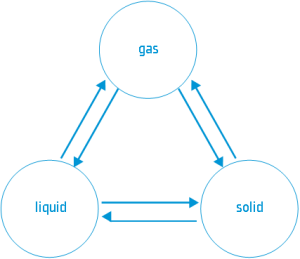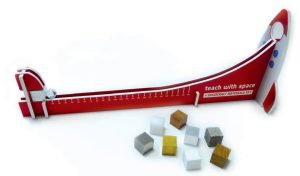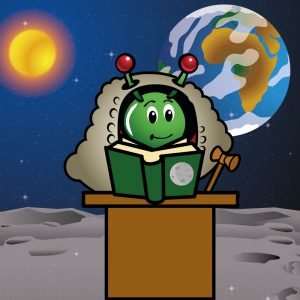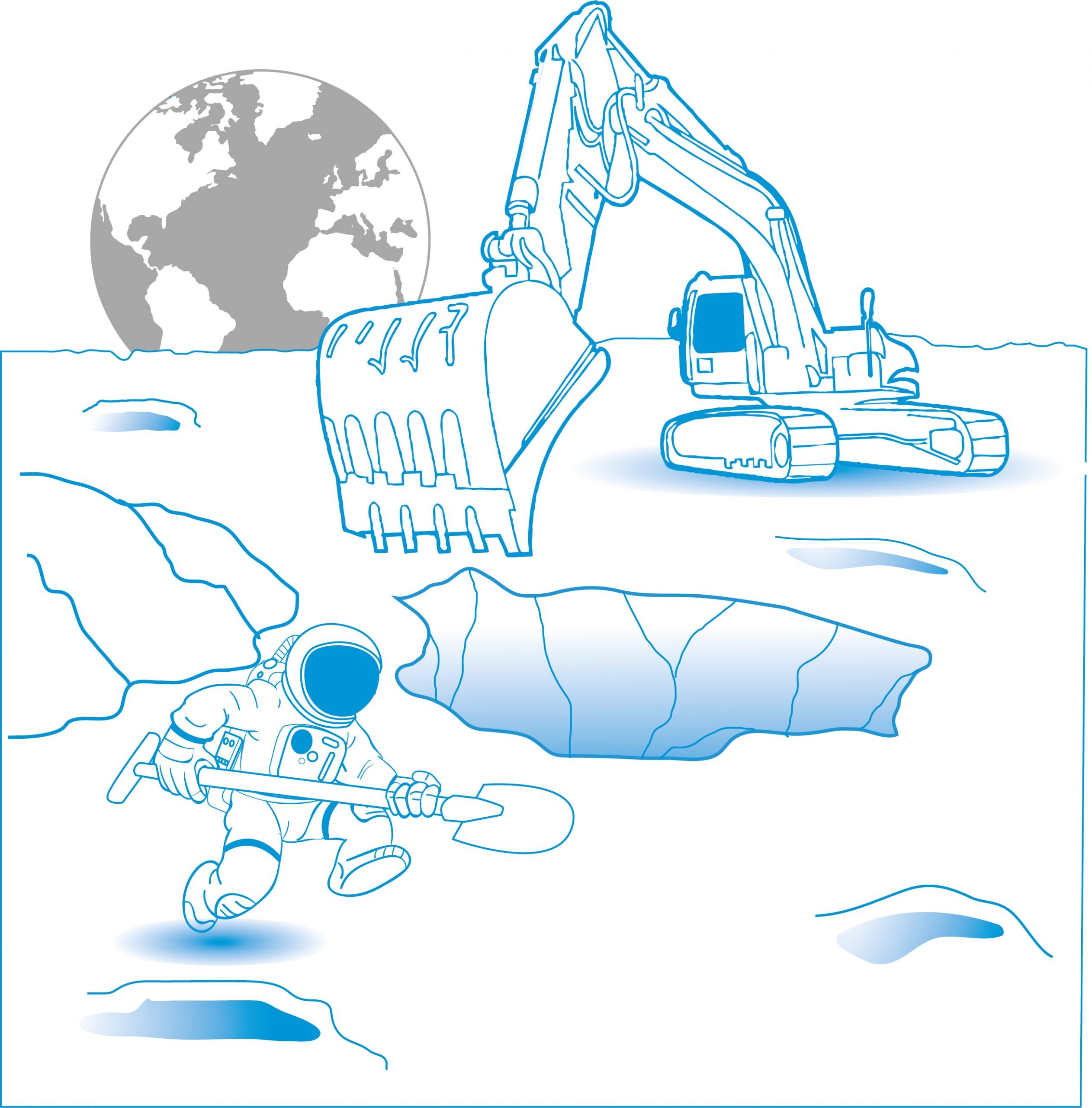Extracting Water from Lunar Soil – Learning about filtration and distillation
In this resource, students will learn about changes of state of matter using water on the Moon as an example.
They will interpret data from a pressure vs. temperature graph for water to enable a discussion about how changes of state are different on the Moon compared to what we are used to on Earth.
They will then compare two methods for separating mixtures, in the context of extracting water from lunar soil.
They will be given pre-prepared lunar soil analogue blocks and compare simple distillation to filtration and decide which is most efficient on Earth and on the Moon.
Learning Objectives
Age range:
12 – 16 years old
Time
Preparation: 30 minutes
Lesson: 1 hour and 20 minutes
Lesson: 1 hour and 20 minutes
Resource available in:
Activity 1: Is water different on the Moon?
In this activity, students will investigate the water states and water phase transitions. Students will analyse the phase diagram for water and conduct a simple experiment to learn that pressure and temperature affect the state of water.
Lastly, students will relate what they learn to Moon exploration and how water might be extracted from regolith on the Moon.
Equipment

Activity 2: Filtration or distillation?
In this activity, students will compare two methods of separating water from sand: filtration and distillation. They will be given simulated lunar ice/soil cores to use in their experiment and calculate the percentage mass of water extracted in each case.

Equipment
For each group:
Did you know?
Astronauts on the International Space Station recycle most of the water that they use – about 75%. The Water Recovery System can recover water from astronaut’s urine and from their breath. This is filtered and cleaned and can be used again. On average, an astronaut on the International Space Station uses 90% less water than that of a person on Earth.

ESA Astronaut Tim Peake swallows water on the ISS

Robotic Arm – Become a space engineer for a day
Brief description: In this activity, students will learn how their arm works and build a robotic arm inspired on it. Students will understand the different

Spacecraft Materials Kit
Brief description: Pupils can use the ESA Spacecraft Materials Kit to experimentally investigate a variety of different materials. A set of five activities enables pupils to get

Moon Constitution – How would a future lunar community be organised?
Brief description: In this resource, pupils will debate some organisational and social characteristics of a future settlement on the Moon and relate it to their



